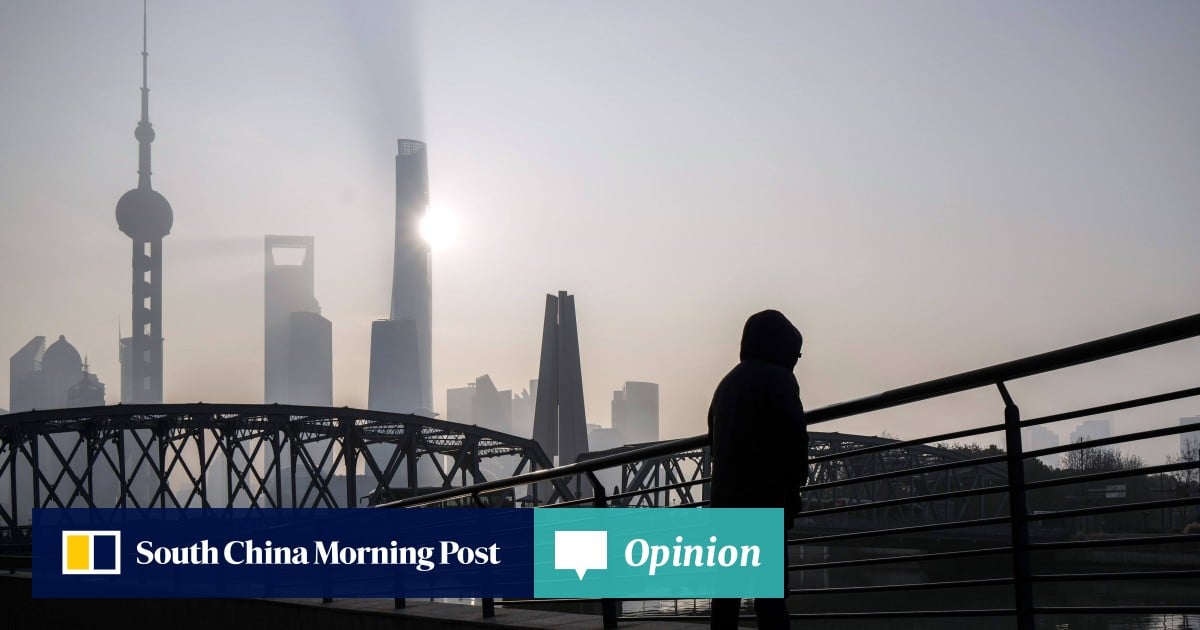
They are the two economic aspects of its full-spectrum containment against China, which of course, also includes a predominantly military component. Countries such as India, Vietnam, Indonesia and even the US were supposed to benefit from the supply-chain redirection. But they now find it hard to take up the slack. Much of the re-routing with new chains turns out to be just longer, more opaque and expensive, without severing ties to Chinese suppliers. Costs are adding up.
Despite Vietnam’s appeal to Chinese manufacturers, some are ‘trapped in losses’
Despite Vietnam’s appeal to Chinese manufacturers, some are ‘trapped in losses’
Last year, Taiwan’s Pou Chen Corp, a leading shoe manufacturer for the likes of Nike and Adidas, had to cut more than 6,000 jobs at its Ho Chi Minh City plant. The Vietnamese government once heavily advertised the investment of Japanese electronics giant Kyocera Corp, but it ended up producing low-tech ceramic packages for electronic insulation and resistance, rather than the more advanced packages for crystal devices.
Labour unrest, official corruption and red tape are cutting short the allure of Vietnam for foreign manufacturers. Comparatively, getting permits, licences and subsidies for foreign businesses in Vietnam for many has made China almost a bureaucratic paradise. Volatile internal party politics in Vietnam may be as tricky and scary as in China.
Cheaper labour costs at first made Vietnam attractive, but it turns out relocating factories, hiring locals and reorganising supply chains away from China can eat into whatever savings are made. Many Vietnamese contractors still go to China for supplies, so Western clients end up, as the Economist recently reported, inviting in more middlemen.
The story may be better for India and Indonesia, as both are competing with even cheaper labour, so long as they stick to low value-added production. But they may fare worse if they aim higher, as Vietnam can boast good infrastructure with modern ports, newly built highways and power supply. In any case, China doesn’t want those jobs any more as it is moving up the hi-tech value chains.
China’s Asean trade, investment push on track with new high-speed railway link
China’s Asean trade, investment push on track with new high-speed railway link
It’s highly ironic that Taiwan’s TSMC, which agreed to build a big chipmaking plant in Arizona after intense pressure from Washington and the island’s ruling Democratic Progressive Party, has just announced production delays to next year, and for even more advanced chips, until 2027 or 2028. Perhaps by then, the US plant will come in handy and replace production in Taiwan, as that was the date some Pentagon generals claimed the mainland would invade!
Brics, the bloc originally made up of Brazil, Russia, India, China and South Africa, has long been criticised for having no viable economic or political coherence or purpose. Well, now it does. They are all afraid of US economic warfare with sanctions being its primary weapon. From digital currencies and currency swaps to restricted computerised messaging for financial transactions, they are trying to de-dollarise.
Dozens of countries, especially those in the Global South and are not US allies, want to join now. Egypt, Ethiopia, Iran, Saudi Arabia and the United Arab Emirates have been invited to become members.
As Krugman said, the China workshop and the US dollar are two pillars of the global economy and are extremely hard to replace. Yet, Washington has made it a policy to erode those pillars, one by design, the other inadvertently.
The collateral damage may be too great for even the US to bear.
"strategy" - Google News
January 24, 2024 at 08:00PM
https://ift.tt/0ZoLD2N
China containment becomes a lose-lose strategy for everyone - South China Morning Post
"strategy" - Google News
https://ift.tt/gCwexK5
https://ift.tt/Ow9AIR0
Bagikan Berita Ini














0 Response to "China containment becomes a lose-lose strategy for everyone - South China Morning Post"
Post a Comment